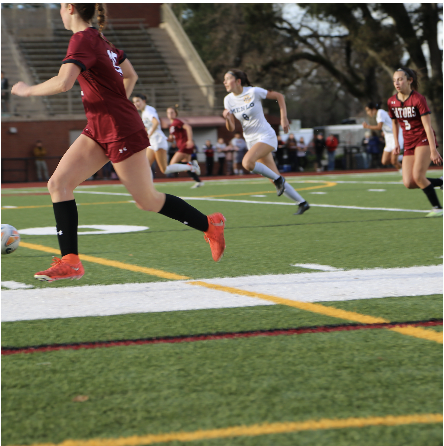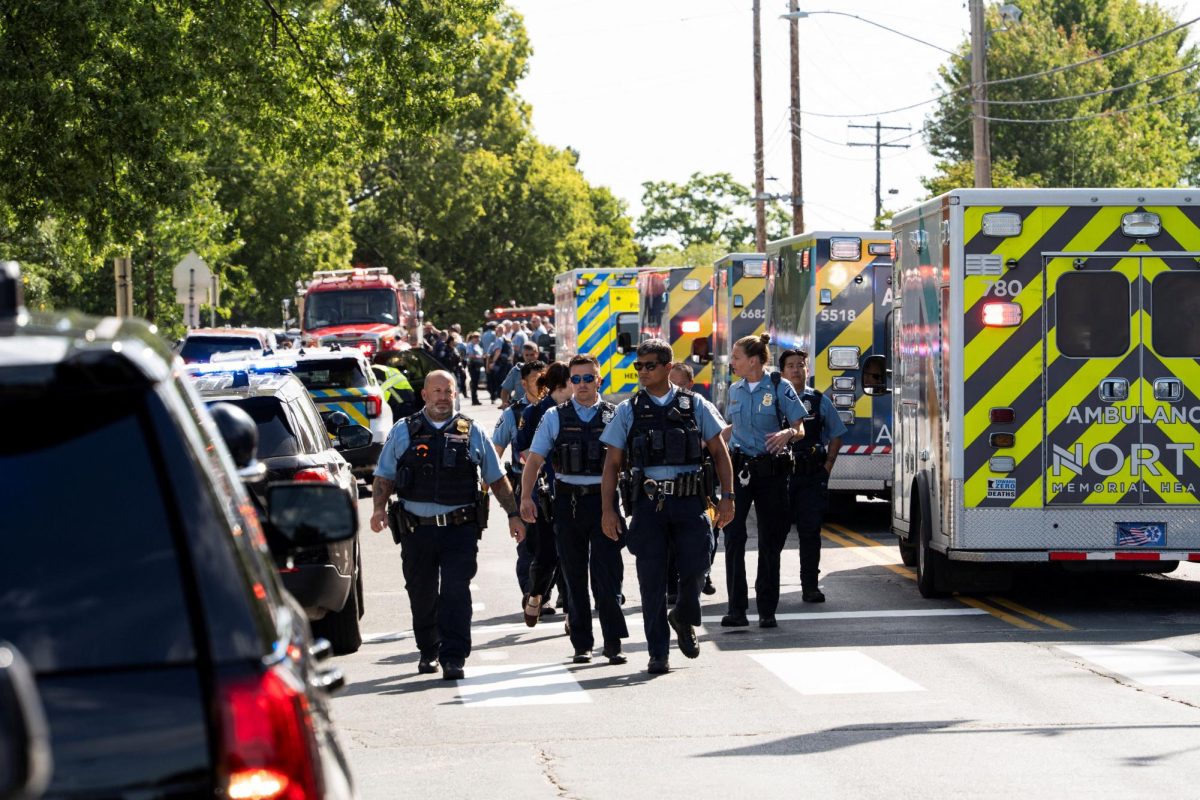Every school year, there are around 1-2 plays or musicals that occur at SHP. This fall, the upcoming production is Fiddler on the Roof.
The story takes place in 1905 and centers around Tevye, a poor dairyman, and his family, living in the primarily Jewish village of Anatevka in Imperial Russia. Tevye represents the main idea of the story — tradition — which forms the basis of life in Anatevka and is mentioned (also titled) in the opening song of the musical, “Tradition.” Throughout the story, the struggle to maintain tradition is prominent.
The play and film adaptation is inspired by the short stories written by Yiddish author Sholem Aleichem. In 1964, the musical was released on Broadway, and seven years later, an award-winning movie version was released.
Throughout the story, there is tension between the non-Jewish Russians and the Jewish villagers because of the historical anti-semitism present during that time. In Imperial Russia, there was a zone set up called the Pale of Settlement that existed from 1791 to 1917 and was the only place where Jewish people were allowed to reside. The Pale of Settlement was established after Russia took over lands from the Ottoman Empire, which had a large Jewish population.
Furthermore, anti-Semitic policies continued in 1881, when Tsar Alexander II — who was a prominent figure in the expansion of rights for Jews in the Pale of Settlement — was assassinated. The years between 1881 and 1884 saw a spike in anti-Jewish violence. A new set of laws by the name of “May Laws” was introduced in 1881 and were only supposed to be temporary, however, they lasted for more than 30 years. The May Laws consisted of regulations and restrictions that exclusively applied to Jews. They forbade any Jewish person from settling outside the Pale of Settlement and from conducting any business on Sundays and any Christian holidays. The years 1903-1906 saw the deadliest pogroms — or organized massacres against Jewish individuals — occur in Imperial Russian history and can be linked to Fiddler’s events.
The historical background of Fiddler on the Roof is undoubtedly tragic and is represented in the musical, albeit in a more light-hearted way.
Some may wonder why Fiddler on the Roof was selected. The director of the musical and Fine Arts Co-Department Head Jeffrey Adams said the following: “As our world is filled with social issues and problems, and a lot of darkness, I think that this play carries some of those themes certainly in a more light-hearted way.” Adams continued by saying, “I think that Fiddler ultimately captures a spirit of hope in the midst of a dark time and that is why I chose this title. I think that in the midst of darkness, I look for opportunities to shine hope and this story does that.” This is a beautiful message to send to the audience as our present-day world is filled with many problems, and people always hope for good things in bad times.
Currently, the development of the musical is at the blocking stage, which is the positioning and movements that the actors will make on stage. The performances of SHP’s Fiddler on the Roof will happen next month in November on the 15th, 16th, and 17th.
Fiddler on the Roof
0
More to Discover









